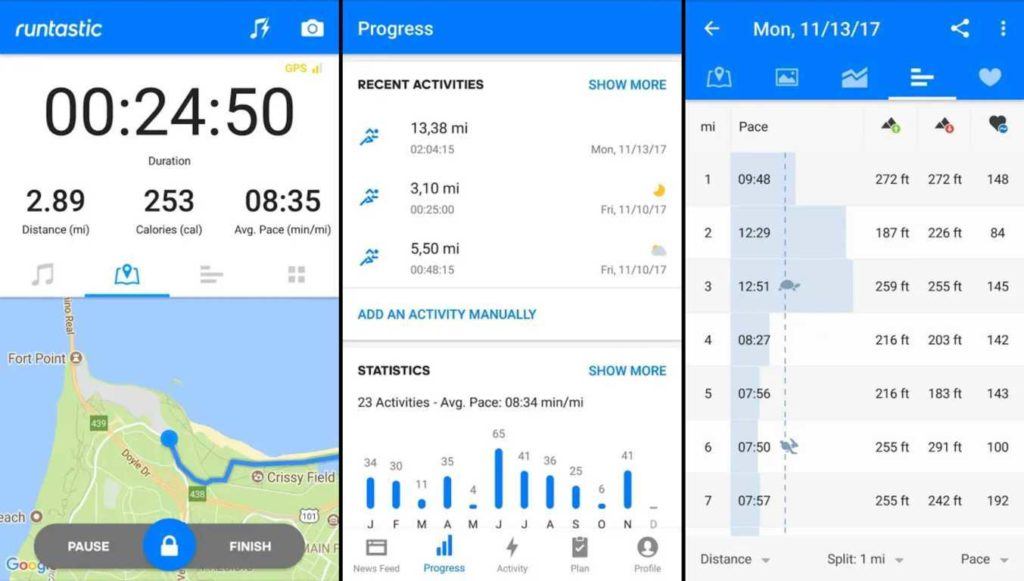
Next Level Workout can help you burn fat, gain strength, and increase your metabolism. You can achieve your fitness goals faster with the help of different workouts. These workouts are challenging and can be tailored to each person. You can use it on a daily basis or as a supplement to your current routine. Quickly Shape offers many benefits. Before you start, decide what results you desire from your workout.
You've now decided your fitness level. Now you can choose a training program. Cardio exercises are a good choice if you want to improve your fitness. These will help to burn lots of calories and increase your body's composition. Your goal is to maximize your performance and get in shape. Check out a new workout program to see how it impacts your health.

You can mix up your workouts with a next-level program. To make your workouts more varied, you can use exercises from different fitness groups. If you want to increase your reps or sets, you can add a superset. The trainer can give you extra support to help improve your performance. This will ensure you get the best results, and help to avoid injury. The more variety you have, the more challenging your next level workout can be.
If you want to improve your performance, it is worth investing in a personal training program. Professional trainers will help you to maintain good form, monitor your progress, record your progress, as well as keep a track of your progress. If you're serious about fitness, it's worth paying for a personal trainer. These individuals will work hard to help you achieve your goals. They also have a good knowledge of your body. A personal coach can help you to reach your fitness goals as well as keep you motivated.
Your results in training will depend on many factors. Changes in the way you train can lead to bigger muscle gains, stronger bodies, and a more positive outlook. The right footwear can help you achieve your goals. You can stay motivated and energized by listening to good music during your workout. This will help you get a better workout. You will also feel more confident and comfortable while doing your workouts with a great playlist.

For a great workout, it is important to eat the right food. To avoid cramps and stay hydrated, you need to drink enough water throughout the day. It is also important to drink lots of water to prevent dehydration. A good warmup is a great way to refuel your body and nerve system so you can train harder. Healthy breakfast and lunch are key to achieving your next level of fitness. You will be able achieve your fitness goals faster and feel better.
FAQ
What is the difference among a virus or a bacterium and what are their differences?
A virus is a microscopic organism which cannot reproduce outside of its host cell. A bacterium, a single-celled organism, reproduces by splitting into two. Viruses are very small (about 20 nanometers) while bacteria are larger (up to 1 micron).
Viruses are often spread through contact of infected bodily fluids like saliva, urine or semen. Bacteria can easily be spread from direct contact to contaminated surfaces and objects.
Viruses can get into our bodies through cuts and scrapes on the skin, bites, and other injuries. They may also get into the body through the nose and mouth, eyes, ears or rectum.
Bacteria may enter our bodies through cuts and scrapes on our skin, burns, insect bites, and other wounds. They may also be introduced into our bodies through food and water as well as soil, dirt, dust, and animals.
Both bacteria and viruses can cause illness. However, viruses cannot reproduce within their hosts. They can only infect living cells and cause illness.
Bacteria can spread within the host and cause illness. They can invade other areas of the body. Antibiotics are needed to eliminate them.
Here are five ways to lead a healthy lifestyle.
Living a healthy lifestyle involves eating right and exercising regularly. Healthy eating means avoiding sugary and processed foods. Exercise is good for your body and muscles. Sleeping enough can improve memory and concentration. Stress management helps reduce anxiety and depression. Fun is key to staying young and vibrant.
How often should i exercise?
A healthy lifestyle requires regular exercise. There is no set time limit for exercising. The key is finding something you enjoy and stick with it.
If you work out three times a week, then aim to complete 20-30 minutes of moderate intensity physical activity. Moderate intensity will mean that you'll continue to be exerting yourself afterward. This type of exercise burns approximately 300 calories.
Walk for at least 10 minutes four days a weeks if you prefer walking. Walking is low-impact, easy on your joints, and it's also very gentle.
You can also run for 15 minutes, three times per week. Running is a great way of burning calories and building muscle tone.
Start slowly if you aren't used to doing exercise. You can start with only 5 minutes per week of cardio. Gradually increase your cardio time until you reach the goal.
Statistics
- The Dietary Guidelines for Americans recommend keeping added sugar intake below 10% of your daily calorie intake, while the World Health Organization recommends slashing added sugars to 5% or less of your daily calories for optimal health (59Trusted (healthline.com)
- This article received 11 testimonials and 86% of readers who voted found it helpful, earning it our reader-approved status. (wikihow.com)
- In both adults and children, the intake of free sugars should be reduced to less than 10% of total energy intake. (who.int)
- According to the 2020 Dietary Guidelines for Americans, a balanced diet high in fruits and vegetables, lean protein, low-fat dairy and whole grains is needed for optimal energy. (mayoclinichealthsystem.org)
External Links
How To
What does the meaning of "vitamin?"
Vitamins are organic compounds found naturally in food. Vitamins help us absorb nutrients from foods we eat. Vitamins cannot come from the body so food must provide them.
There are two types of vitamins: water soluble and fat soluble. Water-soluble vitamins dissolve quickly in water. Vitamin C,B1(thiamine), B2 (2riboflavin), and B3 (3niacin), as well as vitamin C,B1, B2 (riboflavin), and B3 (niacin), vitamin B6 (pyridoxine), vitamin folic acid (biotin), pantothenic, and choline are examples. Fat-soluble vitamins are stored in the liver, fatty tissue and kidneys. Examples include vitamin D, E, K, A, and beta carotene.
Vitamins can be classified by their biological activity. There are eight major categories of vitamins.
-
A - vital for healthy growth.
-
C - essential for nerve function and energy generation.
-
D - Essential for healthy teeth and bones.
-
E - Required for good vision & reproduction
-
K - Required for healthy nerves and muscles.
-
P - vital for building strong bones andteeth.
-
Q - Aids digestion and iron absorption
-
R is required for the production of red blood cells.
The recommended daily allowance (RDA), for vitamins, varies depending upon age, gender, or physical condition. The U.S. Food and Drug Administration, (FDA), sets the RDA value.
For adults aged 19 and older, the RDA for vitamin B is 400 micrograms daily. For fetal development, pregnant women need 600 mg per day. Children ages 1-8 require 900 micrograms per day. For infants younger than one year, 700 micrograms are required daily. However, this number drops to 500 micrograms each day for children aged 9-12 months.
Children aged between 1-18 years require 800 micrograms of sugar per day, while overweight children need 1000 micrograms. Children who are underweight receive 1200 micrograms every day to meet their nutritional requirements.
Children 4-8 years old who have anemia must consume 2200 micrograms of Vitamin C daily.
2000 micrograms per person is necessary for general health. Mothers who are pregnant, nursing, or have a high nutrient need will require 3000 micrograms a day.
Adults over 70 need 1500 micrograms daily, as they lose 10% of their muscle every ten years.
Women who are pregnant, nursing or breastfeeding need more than the RDA. Pregnant women require 4000 micrograms daily during pregnancy, and 2500 micrograms every day after birth. Breastfeeding mothers need to consume 5000 micrograms every day when breastmilk has been produced.